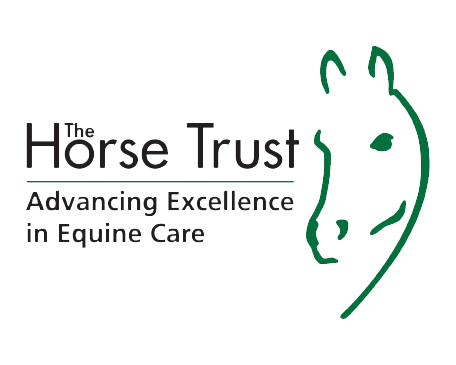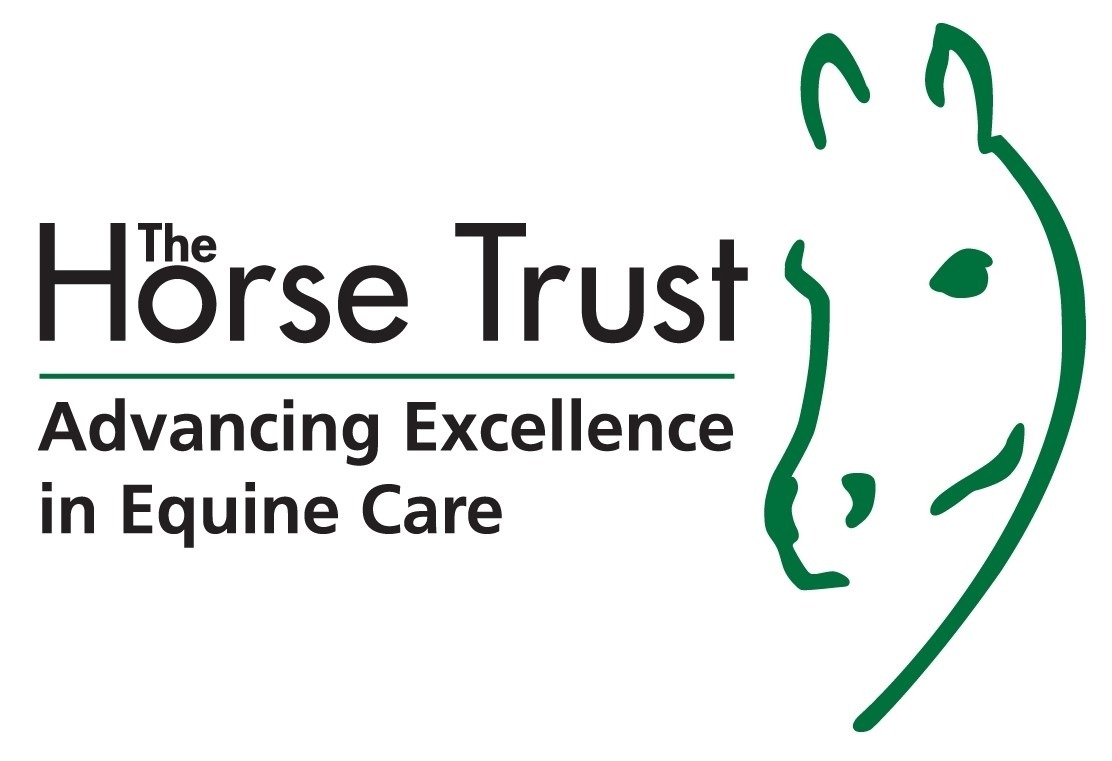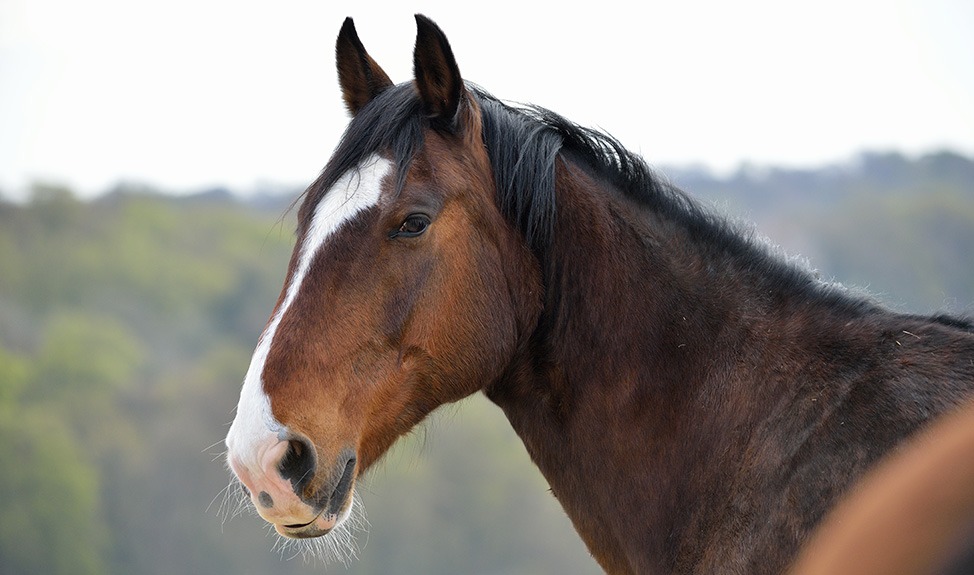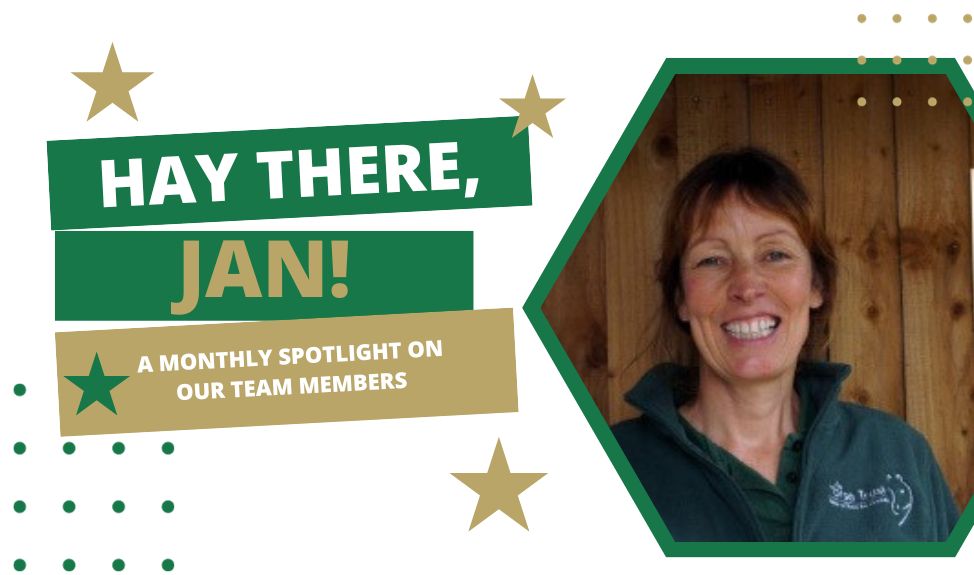This month we’re shining a light on our Director of Fundraising & Communications, Jess. Jess…

40% of horses injured each year, according to survey funded by The Horse Trust
A research project funded by equine charity The Horse Trust has found that 40% of horses had suffered a traumatic injury within the past year. Only 13% of injuries occurred during ridden exercise, while 62% occurred while the horse was turned out in the field.
The research, which has been accepted for publication by the Equine Veterinary Journal, was carried out by Rosie Owen, who is currently working as The Horse Trust’s Clinical Scholar in Equine Orthopaedics at University of Liverpool.
“This Horse Trust-funded research shows that horses get injured relatively frequently – much more often than you would expect,” said Rosie. “Interestingly, most of the injuries happen during turnout, rather than during ridden exercise.”
The results were obtained through analysing the responses from 652 randomly selected horse owners from north-west England, Midlands and North Wales, all of whom had a horse aged 15 years or younger. Owners sought veterinary treatment for 47% of the injuries reported, while the remainder were treated by the owner or a friend, or required no treatment.
Owen identified a number of factors that were associated with an increased risk of injury. For example, horses that had been owned for a shorter period of time were found to be significantly more at risk of injury. This increased risk may be due to aggression from other horses when a new horse is introduced to a field, but owners can take various steps to reduce the likelihood of injury, according to Owen.
“It’s worth trying to avoid regular changes in group composition,” said Owen. “A new horse should be introduced to the group gradually, preferably by providing adjacent stabling initially. Protective boots may help as the lower limbs are most at risk of injury. Also, if possible, the other horses in the field should have their shoes taken off during the period of adjustment, so they are less able to injure the new horse.”
Owen also found that horses turned out within larger groups were at an increased risk of injury. This is probably due to there being a larger hierarchy with multiple horses competing for dominance. However, she found that the risk of injury reduced when additional feeding areas were provided in the field. “If you provide hay or haylage to horses in the field, it’s worth including an additional feeding area to reduce competition for food,” said Owen.
1 2















This Post Has 0 Comments